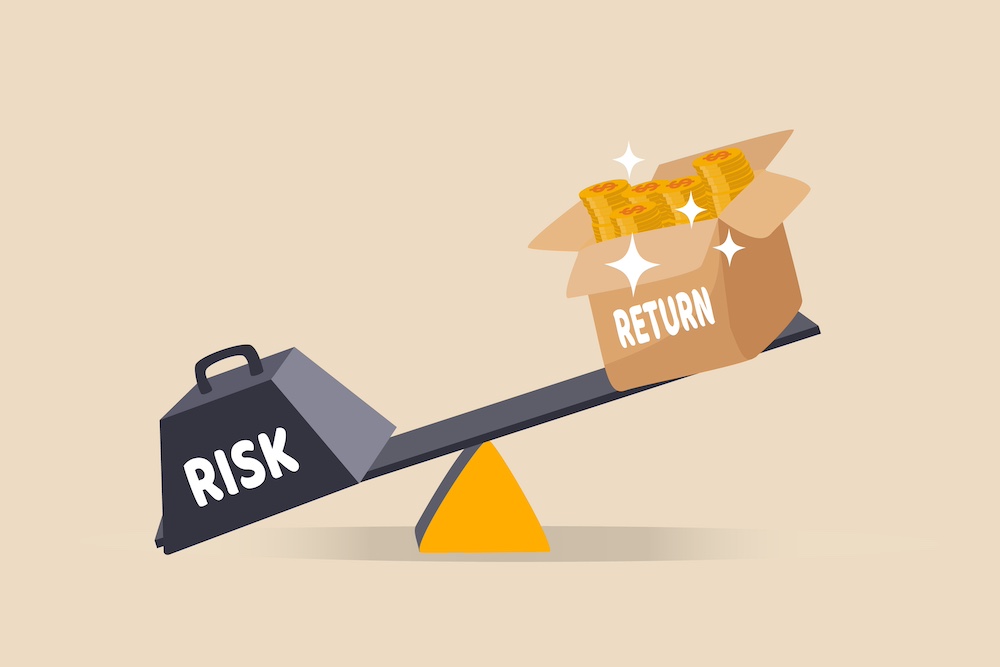What is the biggest investment risk you face today?
Some will say inflation. Others will say higher interest rates. Still others will say a recession.
Yet these aren’t your biggest risks. Not even close.
These are well-recognized possibilities and even – to different degrees – probabilities.
The biggest risks, on the other hand, are the ones you can’t see coming.
Let’s consider a few examples from recent history…
On October 19, 1987, the Dow gapped down at the open and fell 23% during the session, wiping out nearly $2 trillion of wealth.
Who predicted that crash? No one.
In 1990, Saddam Hussein invaded Kuwait and took over the country.
War was coming to the Middle East. Stocks promptly went into a bear market.
Who predicted Saddam’s invasion of Kuwait? No one.
A few years later, a rapid run-up in technology shares turned into a rout, causing the Nasdaq to lose three-quarters of its value.
Who accurately predicted the invention of the internet and the sudden inflation and bursting of the dot-com bubble? No one.
A few years later, terrorists entered the U.S. and flew planes full of people into buildings, causing the stock market to close and then sell off sharply when it reopened a week later.
Who predicted 9/11? No one.
In 2008, the market for mortgage securities collapsed and Bear Stearns and Shearson promptly imploded, leading to the financial crisis and Great Recession.
Who predicted that two storied Wall Street titans would collapse in a matter of days? No one.
In 2020, COVID-19 spread beyond China and infected the world, leading to a worldwide business shutdown and millions of deaths.
Who predicted this global pandemic? No one.
The lesson is clear. Sophisticated investors don’t spend time worrying about what terrible thing might happen next.
They understand that terrible things can happen, about which we don’t have the slightest inkling.
Yet how do you plan for what you can’t foresee?
By following battle-tested investment principles:
- You asset allocate, spreading your risk among different types of stocks and bonds, as well as cash, real estate investment trusts and precious metals.
- You diversify, spreading your risk among a number of different equities, properties and fixed income vehicles.
- You stick to quality, since low-quality companies and IOUs won’t hold up in a treacherous environment.
- You minimize the expenses and taxes on your portfolio, because the most important score is your investment returns after inflation, after costs and after taxes.
- You stick to a proven sell discipline, using trailing stops if you’re a short-term trader and rebalancing annually if you’re a longer-term investor.
Some will ask why they should invest in equities at all with so many known and unknown risks that could cause the stock market to tank.
I have two answers…
- If you have important investment goals – like a comfortable retirement – super-safe investments won’t get you where you’re trying to go. (Unless, of course, you’re already financially independent and willing to forgo higher returns in pursuit of greater safety.) Even money markets – with the highest yields in 16 years – have returned nothing after inflation over the last 18 months.
- More importantly, even with all the unsettling developments I outlined above, nothing outperformed a diversified portfolio of stocks over the last 35 years.
If you invested $10,000 in the S&P 500 at the beginning of 1987 – just months before the market crashed – you would have more than $360,000 today (with dividends reinvested).
That’s an inflation-adjusted return of 1,240%.
Of course, you might not have invested that $10,000 in 1987 if you knew all the troubles that lay ahead.
But if you did, and you stuck with your stocks and – better still – added to them during periods of weakness, as I and many I advised did, you earned generous returns indeed.
There’s a cautionary tale here for folks who are afraid to buy or even hold equities in our current uncertain environment.
They’re taking the risk of having to get into the market at much higher levels or – if they’re stubborn – staying out of high-returning stocks altogether and potentially outliving their money.
That’s an entirely predictable risk – and a real one given that people now routinely live into their 90s.
In short, you can’t possibly know all the developments – both good and bad – that lie ahead of us.
But you can see what worked in the past – and let that inform your investment approach today.
